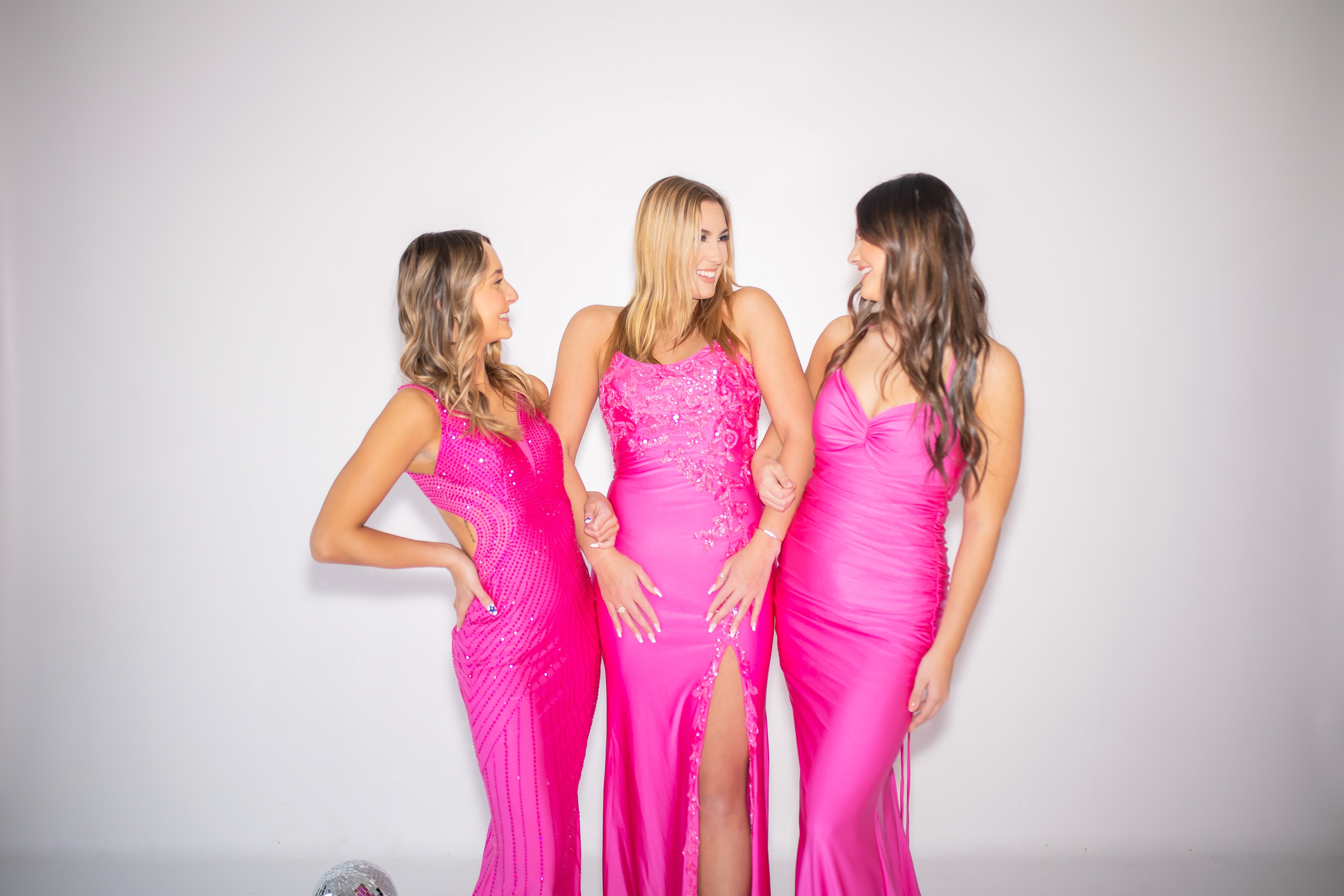When experimenting and searching for beauty products, people will most likely go for the brand that is all the rage or the one that has the prettiest packaging. However, that doesn’t mean it’s the right product for you or that it’s not toxic. For this reason, paying attention to the ingredients in your beauty products is very important. Labels and fancy wording can make it difficult to depict ingredients, so we’re hoping to broaden your knowledge and make the process of learning about your beauty products a little easier. Here is exactly how to be ingredient conscious!

How To Read Beauty Product Labels
If you thought products have to go through the FDA for approval before hitting the shelves – think again. This is why educating yourself and being ingredient conscious is crucial. It’s going to take a little time and research to familiarize yourself, but once you do, you will be a label reading genius!
Ever wonder what the little “e” symbol meant or the container with a number on it? Mental Floss created an article that will help you decode some of the labels and symbols you might see on your beauty products.

What To Look For
If you notice a lot of fancy wording on the label, don’t let that discourage you or turn you away from a product you’re interested in. However, it is imperative to make sure that these ingredients aren’t a threat to your skin. If there is a word you’re unsure about, then just Google it! Sometimes these fancy terms turn out to be something completely harmless. Here are a few ingredients to look out for:
Talc: Talc or Talcum powder can be found in a variety of products such as lotions, deodorants, baby powder, and even makeup. Studies have recently found a potential link between talcum powder and ovarian cancer. Over 5,000 women have filed claims blaming the ingredient on their ovarian cancer diagnosis.
Lead: The only exception for the FDA approving products before they hit the shelf is for color additives used in cosmetics. Lead acetate is a color additive and approved for most hair coloring products. However, if this is an active ingredient, the company and/or brand is required to have a caution label.
According to the FDA, 99% of cosmetic lip products and externally applied cosmetics on the U.S. market contain lead at levels below 10 ppm (parts per million).
Mineral Oil: Mineral Oil may be contaminated with toxins and can clog pores, which will ultimately increase the risk of acne and other unwanted pimples.
Sodium Lauryl Sulfate: Known to irritate skin, lungs and eyes, Sodium Lauryl can be found in shampoo, body wash, mascara, and acne treatments.
Fragrance: Usually, a beauty product that has a strong scent includes this ingredient. This is most commonly found in face and body washes, face masks, and lotions. Companies don’t have to disclose what “fragrances” they use. Therefore, if you have sensitive skin, it could be something that will irritate it.
Parabens: Parabens possess estrogen-mimicking properties, which have been associated with the risk of breast cancer.
Phthalates: This is put into products to increase its softness and flexibility of plastics. It’s mostly found in perfumes, lotions, nail polish, and some hairsprays.
Sunscreen Chemicals: We’re told to protect our skin from the sun’s harmful rays by applying a sunscreen before going outside. However, some sunscreens contain harmful chemicals that penetrate the skin. When buying your sunscreen, watch out for ingredients such as benzophenone, PABA, avobenzone, homosalate, and methoxycinnamate.

You may think everything mentioned above applies to just skin care products. However, you will find some of these ingredients in hair and makeup products as well. Therefore, it’s important to pay attention to the label when purchasing your beauty products.
In a recent study, eSalon, a company that specializes in custom at home hair dye and hair care products, asked 500 women ages 24-54 questions about their hair concerns and routine. They found that a woman’s number one concern is thinning hair. However, 21% of these women use heat on their hair every day. Another leading cause of thinning hair is the lack of knowledge when it comes to the ingredients in products. 73% had no knowledge of the ingredients in their everyday hair products. Just like your skin care, you want to be aware of what you’re putting on your scalp and hair.
Quick Tips To Be Ingredient Conscious
- When researching different ingredients, zone in on the first five listed on the label. Companies are required to disclose their ingredients from highest to lowest concentration.
- Keep a detailed log of your beauty products. Log what products you’ve used and how it has affected your skin, hair, etc.
- Follow certain brands you’ve become familiar with or trustworthy beauty bloggers.

Have you been educating yourself on products and their ingredients? We’d love to hear what works for you and any interesting information you’ve discovered! Share with us how you’re ingredient conscious with your beauty products by tagging us on Instagram @Faviana, Snapchat @Faviana_NY, and Twitter @FavianaNY. Also, check out our article about Healthy beauty, and explore our cocktail dresses collection.
XO,
The Faviana Team



